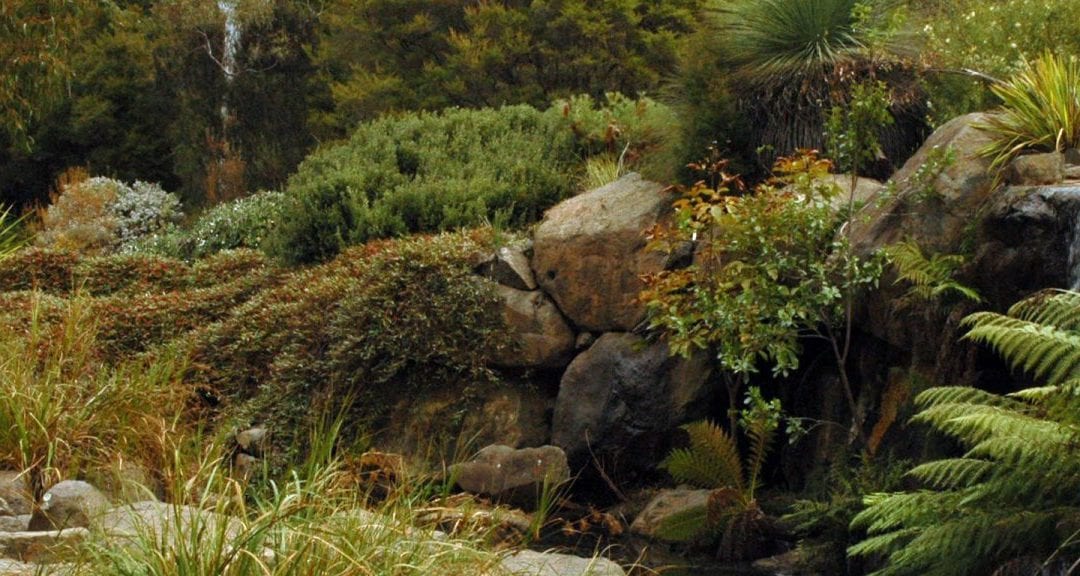I just got back from a visit to family in Australia and one of the highlights of the trip was an afternoon spent in the Australian National Botanic Gardens in Canberra. Much like the US, Australia boasts many unique eco-systems from rainforests to the desert, and everything in between. It was fascinating to be able to explore a misty rainforest gully and then move on to an arid Australian plain.
Botanical gardens are valuable resources for gardeners. Not only do they maintain large collections of living plants in well-designed displays, but also provide opportunities for research, conservation, and education. Botanic gardens are home to millions of plants all over the world. The largest, Kew Royal Gardens, can be found in London. The smallest is located in Seychelles and is home to giant tortoises as well as some spectacular orchids.
Gardens designed for the study of plants date back to ancient civilizations that gardened thousands of years ago. Those open to the public, though, can be traced to medieval medicinal gardens established in Western Europe in the sixteenth century. As you explore, you’ll find gardens that specialize in specific groups of plants, like herbs or succulents, while others feature broader collections.
But you don’t have to suffer through a 14-hour plane trip as the Madison area is home to several world-class botanic gardens. One of the closest is Olbrich. Stroll through their 16 acres of outdoor gardens that feature Midwest-hardy plants. Enjoy a concert in the Bolz Conservatory. Photobomb a wedding at the Thai Pavilion. And Olbrich sponsors many educational seminars, workshops, and school programs. One of the best-attended is July’s Home Garden Tour, this year featuring the landscapes of Stoughton. Visit www.olbrich.org for more information.
A more natural setting can be experienced in one of my Madison favorites, the University’s Arboretum. A March ritual on a mild Saturday is checking spring’s progress at Skunk Cabbage Bridge. The sounds of the surrounding city will fade away as you explore the many trails. If you are wondering what a mature Elizabeth Magnolia looks like, there is no better place to it than the Arb’s Longenecker Gardens. The Arb also schedules lots of experiential walks through the woods and gardens to track both emerging plants and native wildlife. And May’s Native Plant Sale organized by the Friends of the Arboretum should not be missed. Check out https://arboretum.wisc.edu to see all they offer.
I find so much inspiration for my own yard at Rockford’s Anderson Japanese Gardens. Considered one of the best representations of the style outside of Japan, Anderson’s 12 acres calm the mind and energize the soul. You’ll find winding paths that lead to waterfalls, koi-filled ponds, and serene vistas. Their monthly lecture series kicks off in April and is so worth the drive south. Find lots of info at https://andersongardens.org
But one of my absolute favs is not a municipal garden at all. If you are a hosta aficionado, you must visit this hidden gem, Pondside Gardens in Kiel. The tiny garden center features meandering paths through one of the most extensive collections of mature hosta in Wisconsin. They’re open seasonally, so check their Facebook page before you get into the car.
And there are so many more options. Discover the collection of internationally-themed gardens at the Rotary Botanical Garden in Janesville, the magnificent rose garden at Boerner Botanical Gardens in Hales Corners or the spring bulb display at the Green Bay Botanical Garden. I’m sure there are so many more. What’s your favorite?


